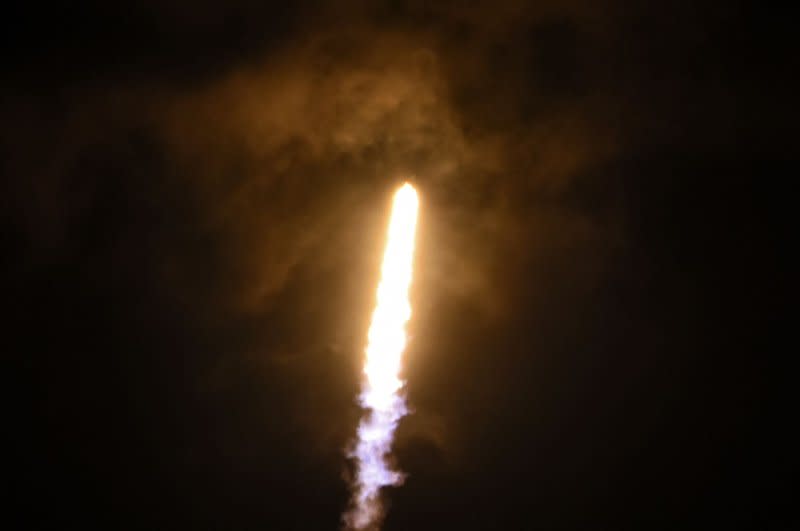SpaceX successfully launches 22 Starlink satellites

Sept. 9 (UPI) -- SpaceX has successfully launched a group of 22 Starlink satellites from Florida's Cape Canaveral Space Force Station.
The satellites were launched from the station's Complex 40 at 11:12 p.m. EDT on Friday.
The first stage booster separated from the rest of the spacecraft and landed on the drone ship A Shortfall of Gravitas in the Atlantic Ocean 8 minutes and 25 seconds after launch.
The Falcon 9 booster used in Friday's launch previously flew on six missions, including three prior Starlink missions, as well as the Intelsat IS-40e, CRS-26, and OneWeb Launch 16 missions.
Friday's launch brings the number of SpaceX missions in 2023 up to 63, most of which have been Starlink missions.

It was originally intended to be part of back-to-back launches on late Friday and early Saturday, but the SILENTBARKER/NROL-107 mission for the Space Force's National Reconnaissance Office originally scheduled for Saturday morning was pushed back to Sunday.
That United Launch Alliance mission will be launched from an Atlas V rocket.

Meanwhile, a SpaceX Starship spacecraft has been attached to the top of a Falcon Heavy booster stage. Company founder Elon Musk said SpaceX is awaiting approval from the Federal Aviation Administration to proceed with the launch.
In April, the first test flight of the Starship ended in failure when the spacecraft failed to separate from the first stage of the Falcon Heavy rocket that was carrying it and exploded.

On Friday, the FAA announced that it had completed its investigation into the failed Starship launch and that SpaceX would need to fulfil "63 corrective actions" before the company can proceed with the next launch.

 Yahoo News
Yahoo News 
